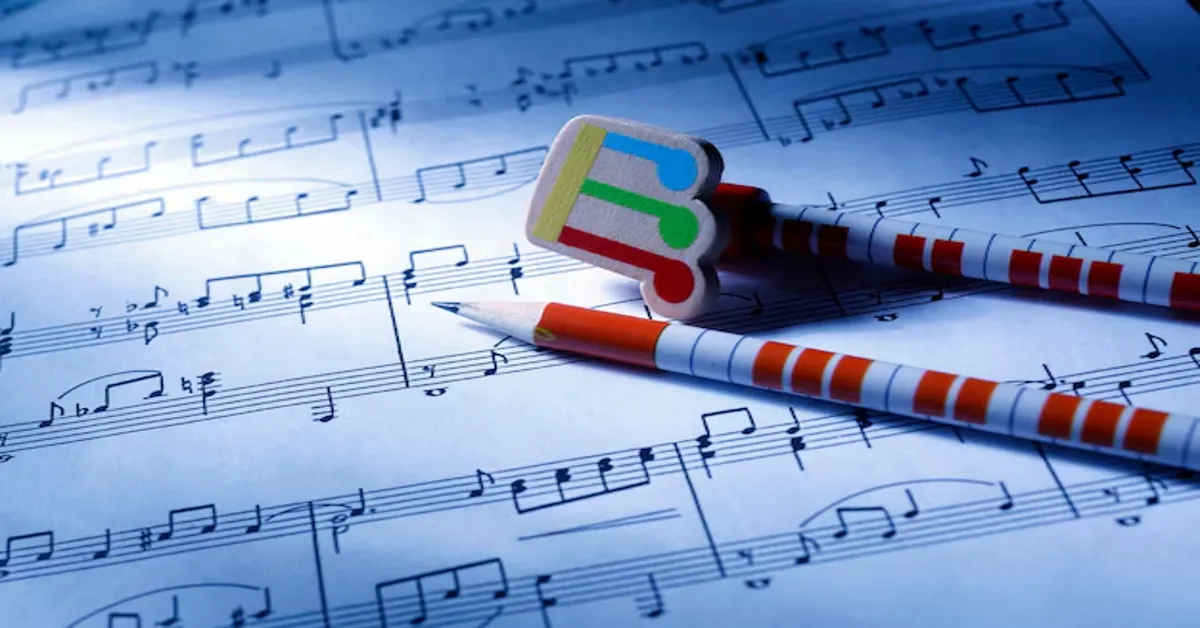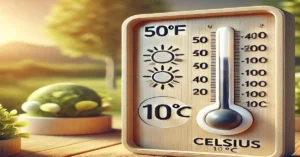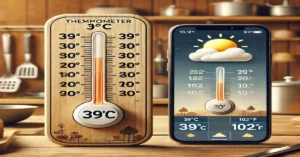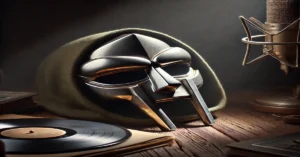The treble clef is one of the most essential symbols in music notation, used to represent higher-pitched notes for instruments like the piano, violin, flute, and guitar. Understanding treble clef notes is crucial for musicians, whether you’re a beginner learning to read sheet music or an advanced player looking to refine your skills.
In this article, we’ll explore what the treble clef is, how to read treble clef notes, memory tricks, common instruments that use it, and how to practice effectively. By the end, you’ll have a strong grasp of reading and playing music in the treble clef!
What is the Treble Clef?
The treble clef, also known as the G clef, is a symbol in sheet music that indicates higher-pitched notes. It is called the “G clef” because its symbol circles around the G note on the second line of the staff.
The treble clef is commonly used for:
- Melodic instruments (violin, flute, trumpet, etc.)
- Higher register piano notes (right hand)
- Singers (Soprano and Alto ranges)
Treble Clef Symbol & Placement
The treble clef is placed at the beginning of a staff, a set of five horizontal lines and four spaces. Each line and space corresponds to a different musical note.
Understanding Treble Clef Notes
Treble clef notes are positioned on the staff lines and spaces:
| Line Notes | Space Notes |
|---|---|
| E (Bottom line) | F (First space) |
| G | A |
| B | C |
| D | E |
| F (Top line) |
Each note represents a specific pitch that corresponds to a key on a piano or a note played on an instrument.
Treble Clef Note Names and Mnemonics
To memorize treble clef notes quickly, musicians use helpful mnemonics.
Line Notes Mnemonic (E-G-B-D-F)
🎵 Every Good Boy Does Fine
Other variations include:
- Every Green Bus Drives Fast
- Elephants Go Big During Feasts
Space Notes Mnemonic (F-A-C-E)
🎵 FACE (This spells a word, making it easy to remember!)
These tricks help musicians recall note placements effortlessly when reading sheet music.
Instruments That Use the Treble Clef
Many instruments use the treble clef for notation. Some of the most common include:
String Instruments 🎻
- Violin
- Guitar (Melody and higher notes)
- Mandolin
Woodwind Instruments 🎷
- Flute
- Clarinet
- Oboe
- Saxophone
Brass Instruments 🎺
- Trumpet
- French horn
Keyboard Instruments 🎹
- Piano (right hand)
- Harp
How to Read and Recognize Treble Clef Notes
Reading treble clef notes involves identifying their positions on the staff and associating them with corresponding instrument notes.
Step-by-Step Guide to Reading Treble Clef Notes
- Identify the Clef – Make sure you’re reading in treble clef.
- Look at the Note’s Position – Is it on a line or space?
- Use Mnemonics – Apply “Every Good Boy Does Fine” or “FACE” to recall note names.
- Check for Ledger Lines – Notes above or below the staff require additional lines.
- Match Notes to Your Instrument – Find the corresponding key or position.
Ledger Lines in the Treble Clef
Ledger lines extend beyond the five staff lines to accommodate higher or lower notes.
- Above the staff: G (top space), A, B, C (higher notes)
- Below the staff: D (under bottom line), C, B, A (lower notes)
Practicing Treble Clef Notes: Best Techniques
To become fluent in reading and playing treble clef notes, consistent practice is key.
1. Flashcards and Note Recognition
- Use treble clef note flashcards to quiz yourself.
- Online music apps like Musictheory.net offer interactive exercises.
2. Sight-Reading Exercises
- Practice easy sheet music daily.
- Start slow and gradually increase tempo.
3. Playing Scales in Treble Clef
- Learn and practice major and minor scales in the treble clef.
- Focus on C Major, G Major, and F Major as starting points.
4. Use a Piano Keyboard for Reference
- Identify treble clef notes on a piano.
- Match sheet music notes to piano keys.
5. Write Out Treble Clef Notes
- Writing notes manually reinforces memorization.
- Try filling in blank staff exercises.
Common Challenges and How to Overcome Them
Learning treble clef notes can be tricky at first. Here are common issues and solutions:
1. Struggling with Note Recognition
✔ Solution: Practice daily with flashcards and mnemonics.
2. Difficulty with Ledger Lines
✔ Solution: Break them down one note at a time and practice slowly.
3. Confusing Treble and Bass Clef Notes
✔ Solution: Compare treble and bass clef notes side by side for better distinction.
4. Reading Too Slowly
✔ Solution: Gradually increase speed with metronome exercises.
Conclusion
Mastering treble clef notes is essential for any musician who plays higher-pitched instruments or reads sheet music. By understanding the note placements, using memorization techniques, and practicing daily, you can become proficient in reading and playing treble clef music.
If you’re just starting, take your time and use mnemonics, sight-reading, and note exercises to build confidence. Over time, reading treble clef notes will become second nature!
Frequently Asked Questions (FAQs)
Q1: Why is the treble clef called the G clef?
The treble clef symbol encircles the G note on the second line of the staff, giving it the name “G clef.”
Q2: How can I quickly memorize treble clef notes?
Use mnemonics: E-G-B-D-F (“Every Good Boy Does Fine”) and F-A-C-E for space notes.
Q3: Which hand plays treble clef on the piano?
The right hand plays treble clef notes, while the left hand plays bass clef notes.
Q4: Do all instruments use the treble clef?
No. Some instruments, like the cello, bassoon, and tuba, use the bass clef instead.
Q5: What’s the highest note in the treble clef?
The highest note commonly written in treble clef is C6 (two ledger lines above the staff).
Ready to improve your music reading skills? Start practicing today and share your progress in the comments! 🎵









